The dependence of the acceleration of a body with time is shown in Figure. At t=0, the velocity of the body is −3m/s and position is x=0m.
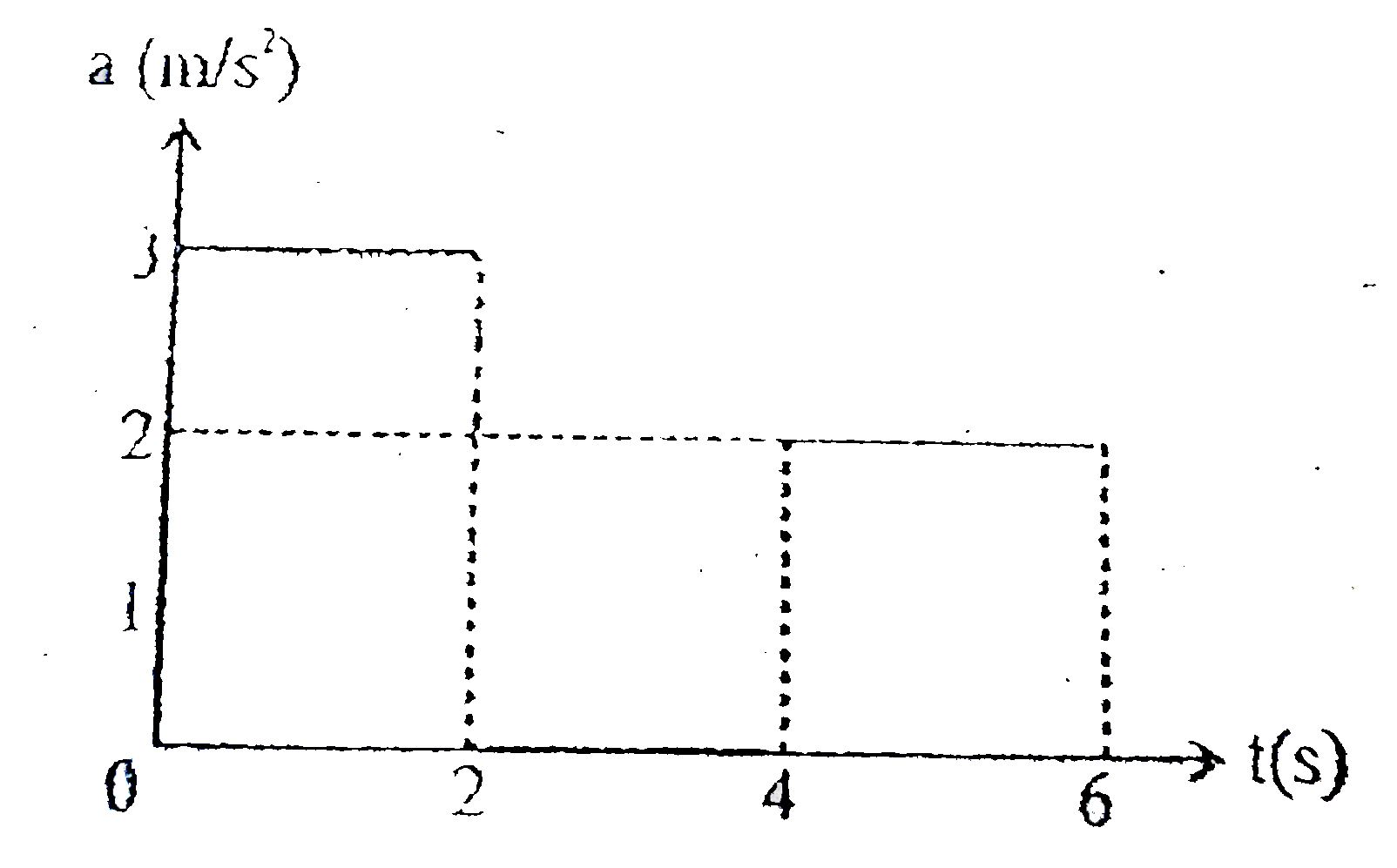 Solution in Gujrati
Solution in Gujrati
The velocity time graph is
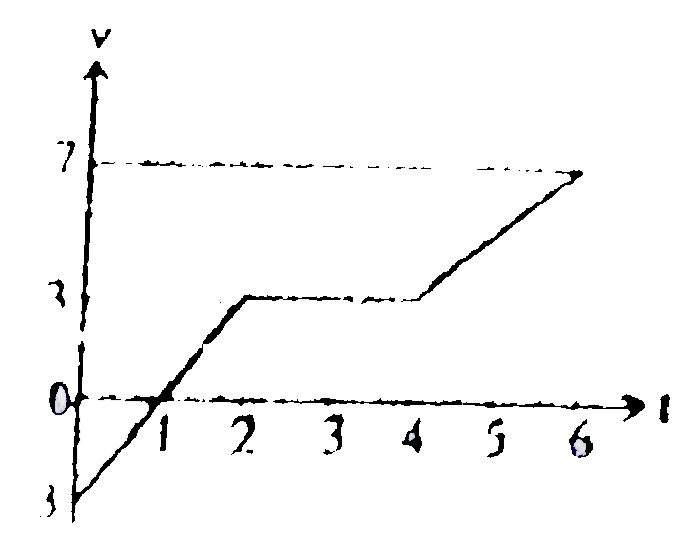
The velocity time graph is
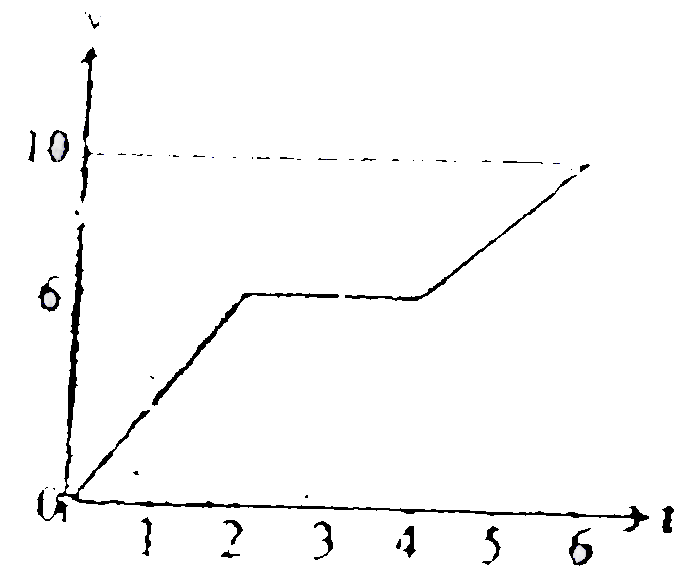
The position time graph is
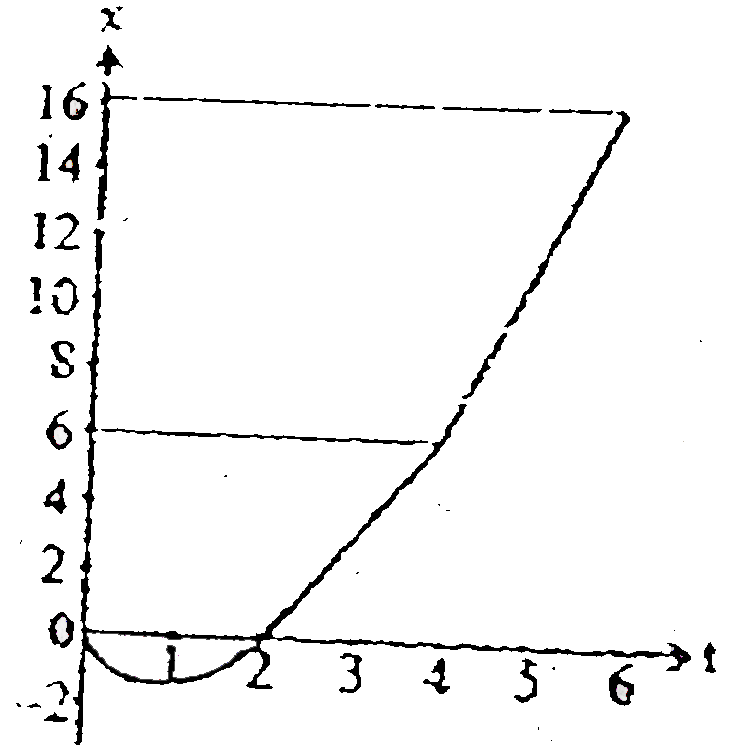
The position time graph is
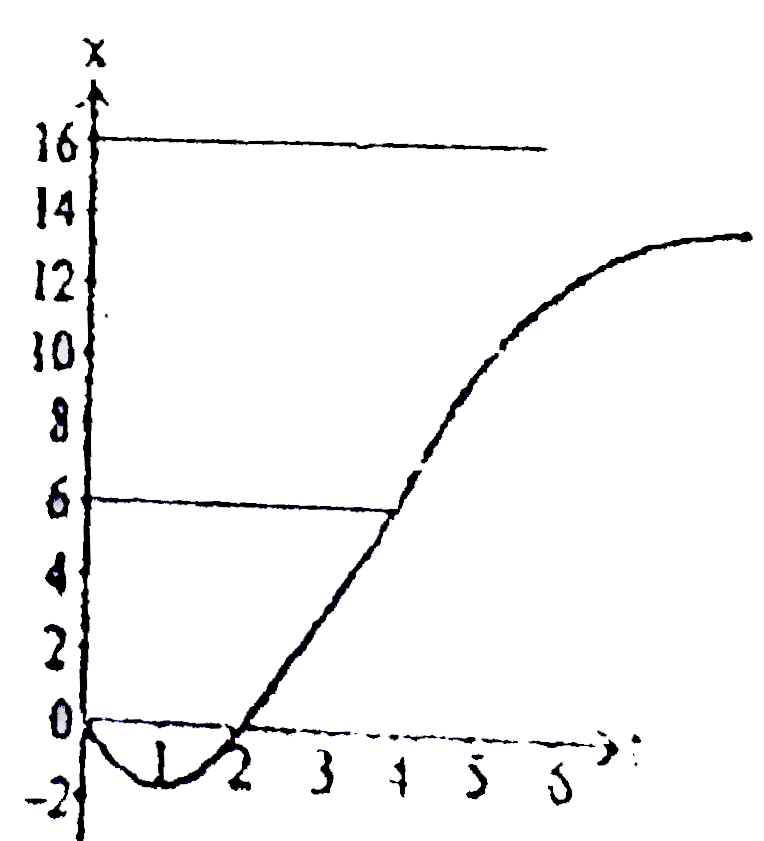
The correct Answer is:A
N/A
Topper's Solved these Questions
- TEST PAPERBOOK - ALLEN CHAPTER - TEST PAPEREXERCISE - Exercise (Physics)
330 Videos
- TEST PAPERBOOK - ALLEN CHAPTER - TEST PAPEREXERCISE - PHYSICS
4 Videos
- SIMPLE HARMONIC MOTIONBOOK - ALLEN CHAPTER - SIMPLE HARMONIC MOTIONEXERCISE - Example
1 Videos
- TEST PAPER 1BOOK - ALLEN CHAPTER - TEST PAPER 1EXERCISE - PHYSICS
11 Videos
Similar Questions
Figure shows velocity time graph of a particle moving in straight line. Which of the following statement(s) is / are CORRECT:−

View SolutionChoose the correct statement:
View SolutionA rod with rectangular cross section oscillates about a horizontal axis passing through one of its ends and it behaves like a seconds pendulum, its length will be
View SolutionWhy are electric field lines perpendicular at a point on an equipotential surface of a conductor ?
View SolutionA body starts from rest at time t = 0 , the acceleration time graph is shown in the figure . The maximum velocity attained by the body will be
View SolutionIn figure shown, the graph shows the variation of acceleration of body with time t . The velcocity of the body at t = 0 is zero. The velocity of the body at t = 30 s is.
View SolutionThe acceleration time graph of a body moving in a straight is shown in figure.
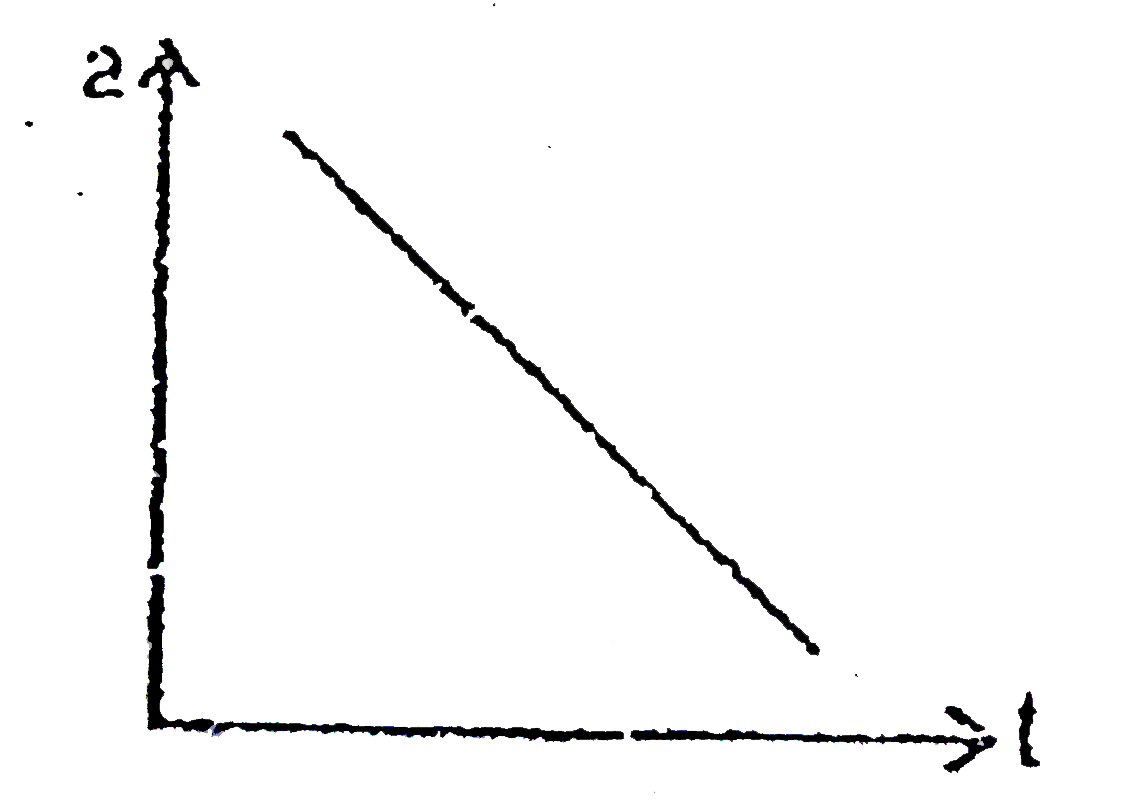
Assertion :− Velocity of the body is continously increasing over the time interval shown.
Reason :− Acceleration is positive for all shown value of t.
View SolutionThe position-time graph of a body of mass 2 kg is as given in figure . What is the impulse on the body at t = 0 s and t = 4 s .
View SolutionAssertion : In the s-t diagram as shown in figure, the body starts moving in positive direction but not form s = 0.

Reason : At t=t0, velocity of body changes its direction of motion.
View SolutionAcceleration of a particle is increasing linearly with time. Its acceleration is 10 m//s^(2) at t =0 and 20 m//s^(2) at t = 5s. "Also" , its speed is 5m/s at t =0 and its positions is x= -100m at t =0 .Find at time t its acceleration ,velocity and positions.
View SolutionFor the acceleration - time (a - t) graph shown in figure, the change in velocity of particle from t = 0 to t = 6 s is
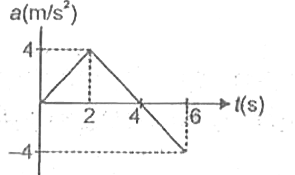
View SolutionThe motion of a body is defined by (dv(t))/(dt) = 6-3 v(t) where v (t) is the velocity (in m/s ) of the body at time t (in seconds ). If the body was at rest at t= 0 , find its velocity (in m/s ) when the acceleration is half the initial value.
View Solutionएक पिण्ड एक सीधे पथ पर 5 मी./से.2 के नियत त्वरण से गतिशील है। यदि t=0 पर x =-5 मीटर तथा वेग v = 2 मी./से. हो तो t=4 सेकण्ड पर पिण्ड की स्थिति व वेग ज्ञात करो।
View SolutionThe position-time graph of a body of mass 2 kg is as given in figure . What is the impulse on the body at t = 0 s and t = 4 s .
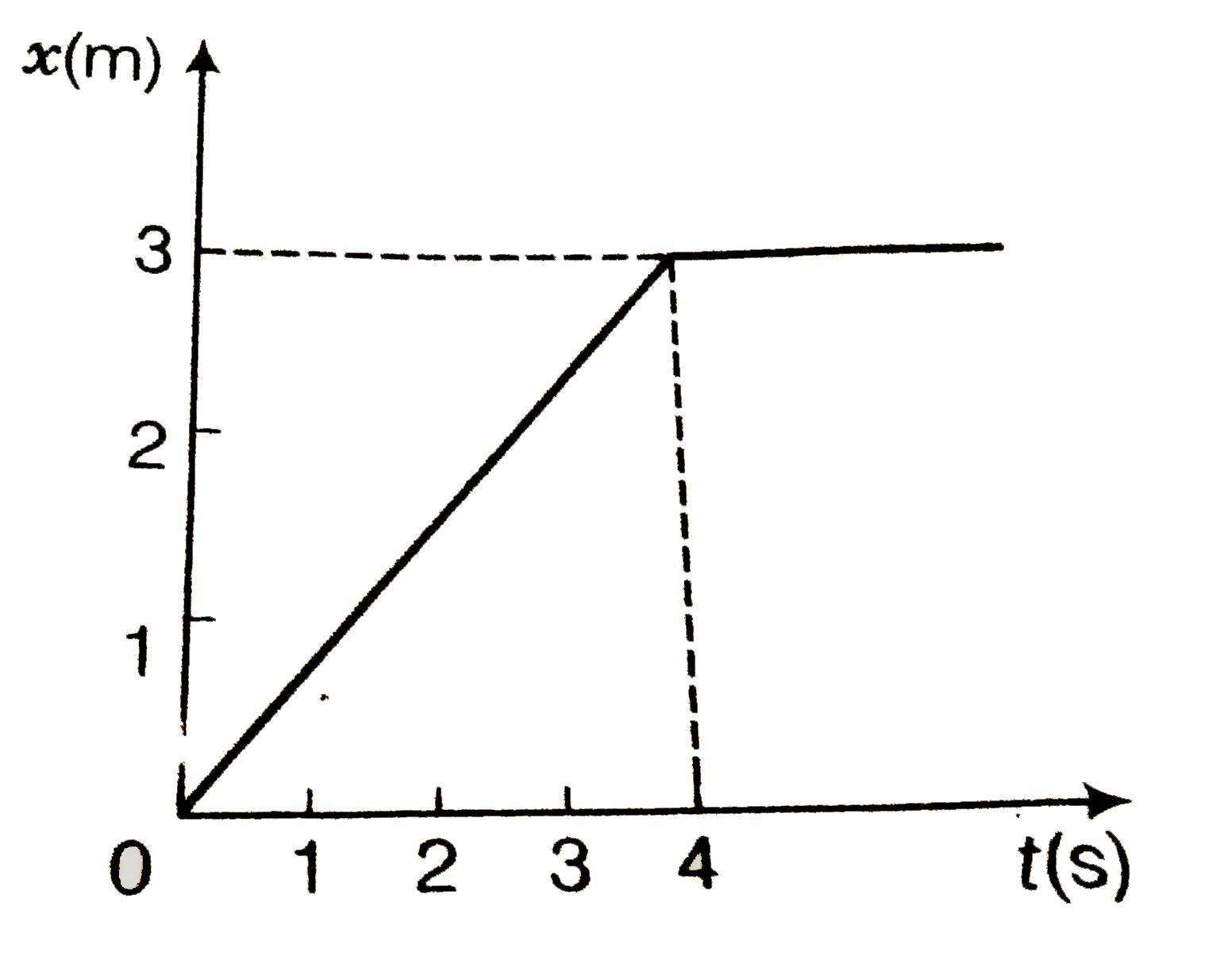
View Solution2kg द्रव्यमान के किसी पिंड का स्थिति समय ग्राफ चित्र में दर्शाया गया है। t = 0 s और t = 4 s पर पिंड का आवेग कितना है ?
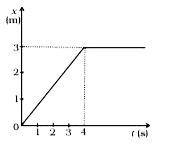
View SolutionAssertion : In the s-t diagram as shown in figure, the body starts moving in positive direction but not form s = 0. Reason : At t = t_(0) , velocity of body changes its direction of motion.
View Solution
